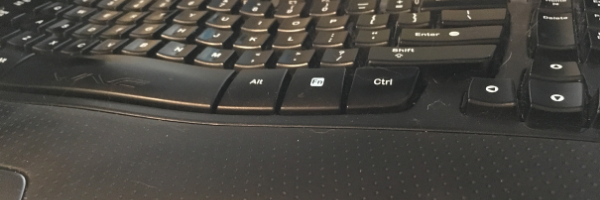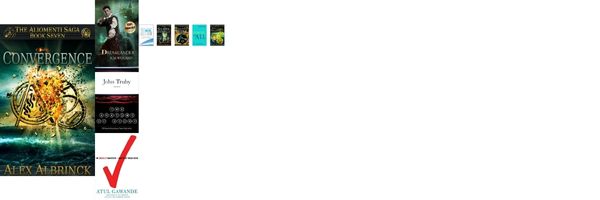Happy Martin Luther King Day! Before I get into the latest with me and talking about how I approach Character Profiles, I just want to implore you to do some good today. Whether it is helping someone out, buying someone’s meal, or volunteering serving meals, do something for those who need it. There are a lot of people out there that could use a hand. Be that hand. Lift someone up.]
This last week was a return to normalcy. I’m looking forward, like I said, but regular life is getting regular again. I’m getting back into good habits, catching up on things, and reading a lot. Things are moving along.
Drawing from the Well
Things are moving forward with the Brown Edit. Still rough, still more to do. There’s definitely good stuff in this arc. I look forward to refining this into gold.
Arc I: 64/64
Arc II: 60/60
Arc III Part I: 24/24
Arc III Part II: 31/31
Arc IV: 44/44
Arc V: 24/59
Interstitia: 0/11
Total: 247/291
Filling the Well
I know it looks pretty bare here, but I’m reading several books at once right now and making progress on all of them. Hopefully this week I’ll tick over and finish on multiple fronts. This week, I finished one book: Power, For All. It was an interesting look into power dynamic, specifically in a professional environment. Good stuff. And I’m a book ahead of pace!
5/100 for #ProjectBookworm2023
Nothing really new here. West Wing is coming to a close and Law and Order shows are back. Life is good.
Well Chat
My character profiles have had to evolve a lot over the years. When I only had the characters in Book I, I could keep the characters, their turns of speech, their hopes, dreams, fears, and quirks all straight in my head. By Book II, I had a few more major characters which was still a sufficiently-small cast, but it was harder. I also started looking forward to future IPs. That’s when I figured out that I needed a way to differentiate future characters from what I already had. I didn’t want a melange of samey characters.
Victoria Schwab, my favorite, looks at characters starting with three aspects: what the character fears, what they want, and what they’re willing to do to get it. This simple idea made sense to me. Start with a kernel and build out from there. For me, it starts with what the character wants, what they fear, and a quirk. Meibor, for example, wants to be his own man, is afraid of dying by someone else’s hand, and loves tea. There’s plenty more to him, but that’s the kernel. Book III blew that simple approach up completely. I introduce so many new characters that I needed more details to make them all distinct.
Enter my current character profiles.
At this point, I’ve got two different templates. One is for minor characters and includes their initial role in the story, their basic physical description, and their enneagram identification. It’s 7 lines. No big deal. Major characters are a whole other story, five pages worth. In five sections, it breaks the character down. Demographics include how the character looks physically and when emotional, their magic (if applicable), their parents, spouse, kids, nationality, and city residency, all with details to lend to the character’s ideology. After that is their psychology: strengths, weaknesses, values, emotional state, enneagram, and favorite things. Their History shows how they grew up and their life up to their entrance into the story as well as their initial motivation and their ghost or key trauma in their life. That trauma is critical to their overall psychology and tends to play an important role in the story at some point. Their Goals establish their basic wants and needs, key to their motivations over time. Lastly is their Interview. This is where I start to find the character’s voice as well as a few more details about their life.
All of this helps me get in the character’s head. Once I’m there, I can design their story. I revisit it when I got to write the first draft and I’ve got it on hand for revisions and edits. It’s a powerful tool. I built it by putting my own thoughts together with tools from various other writers and groups and then refining down to what works and makes sense to me. I expect that I’ll keep refining it over time, narrowing until I’ve got a fine point on what makes a character tick.
How do you get into your character’s heads? What makes a character you’re reading real? Let me know on social media. I’d love to hear your thoughts.
May the tide carry you to safer shores.
BSG









